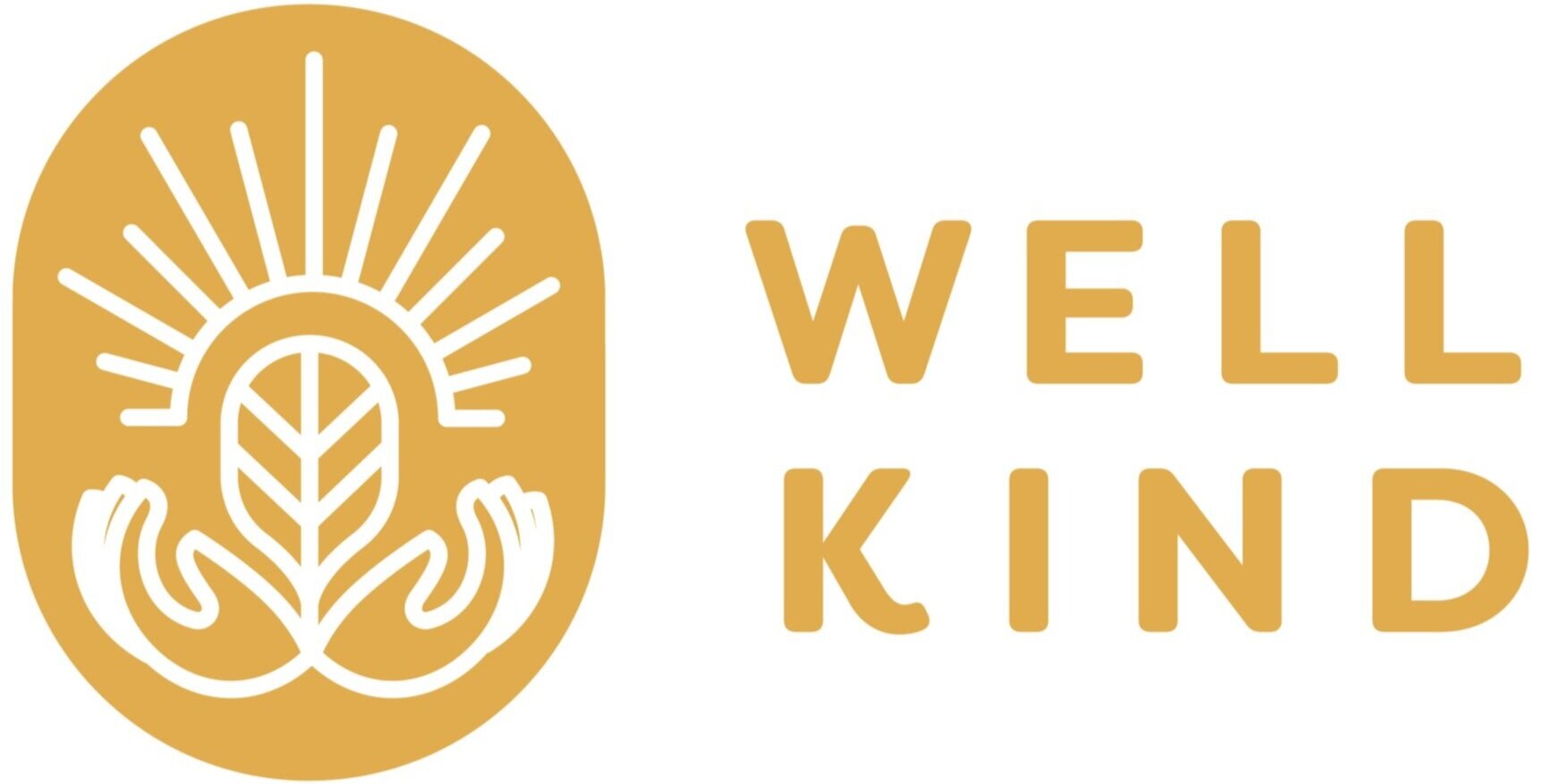Seed Saving Journey in the Heart of a Thousand Year Old Forest
About an hour from the shores of Lake Atitlán sits Iquiteau (or Equitiu), one of the only primary, old growth forests in all of the western highlands of Guatemala. This thousand year old forest sits at the top of a little volcancito, the bottom half of which is traditional fields of corn, beans, and other crops of the Maya. In this community, the farmers understand the importance of the Bosque, as they have long noticed the benefits that flow down from the ancient ecosystem into their fields. The forest is protected by the community, which not only provides ecological benefits to the watershed, but also serves as a treasure chest of dozens of endangered and hard to find tree and under-story species. This afternoon, the Wellkind team had been invited by the community to enter the forest and collect seeds with the goal of preservation and distribution.
This is the perfect place to collect seeds from native tree species that are endemic and in some cases endangered. As you can image, this site is particularly special for seed collection because it has one of the most pristine Cloud Forest ecosystems in the area. It also has easy access to be able to carry the seeds out. This combination of pristine old growth and easy access is uncommon, and something that speaks to the commitment of the community that protects it.
As our team entered the forest, everything changed. The difference is palpable, as you leave warm sunny corn fields and enter into the ancient mist. Raindrops that enter this type of ecosystem can potentially begin a cycle of water movement that is hyper localized and enables the drops to stay within the system for hundreds or even thousands of years. The effect of the trees, soil, and the clouds formed by the forest ensure that raindrops never fully evaporate, but cycle within the system for what seems like eternity. To enter this forest is to go back in time and breath thousand year old air and taste thousand year old dew. It offers a glimpse of nature before the chainsaw. What the shores of Lake Atitlán would look like if forests were protected and encouraged to thrive. In particular, the balance that this community has struck between forest and field demonstrates that it isn't a zero sum, binary game. Both agriculture and conservation can co-exist in harmony, each enhancing the other. The regular visits to the fields allows the farmers to keep an eye on illegal logging practices, while the ecosystem benefits of the forest filter down to the fields, supporting abundant harvests.
Upon the invitation by the community, our team coordinated with local forest rangers and with the support of the national conservation association CONAP. In this visit, we collected a lot of seeds from the Chicharra Tree (Quercus Skinneri), a species of native oak which is very abundant in this area and very important for our reforestation program. We imagine that this will be the first of many visits to this forest, as we continue to build connections with the community and land.
This year we plan to create a database of all the places where we source our tree seeds, to be able to share this knowledge with indigenous leaders and other people working in reforestation in the surrounding areas. All of the seeds that have been collected this year are in our Native Tree Nursery on the Wellkind Land in Tzununá where we are now approaching 10,000 seedlings planted in under two months.
This year our goal is to distribute 50,000 trees to match the amount we planted last year and to bring our reforestation program to new communities in the upper part of the lake Atitlán watershed. Working higher up in the watershed means that we will be primarily planting in two main ecosystems: the Coniferous Forest and the Cloud Forest. For this reason we are focusing our seed collection on key stone species that are adapted to these ecosystems and thrive at higher altitudes. We are excited to continue growing our Native Tree Nursery to have a more diverse selection of native trees that cannot be found for sale in other places. We believe that improving local communities’ access to these native trees could give local ecosystems the impulse they need for ecological restoration in previously degraded areas.
If you believe in this work and want to support it, consider becoming a monthly donor, and ensure that the biological treasures of ancient forests are preserved and distributed to indigenous communities around the country.



